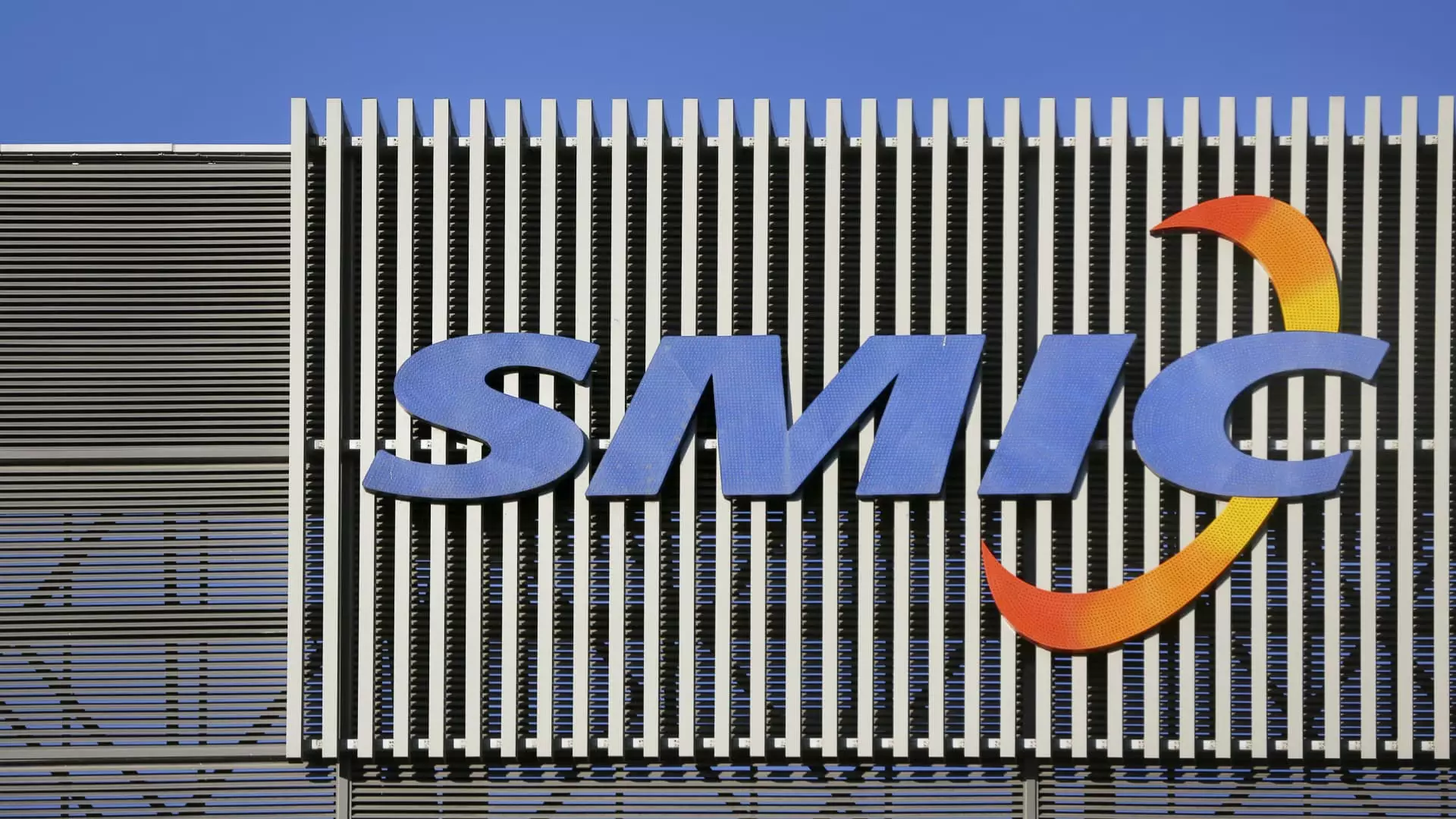Semiconductor Manufacturing International Corporation (SMIC) recently issued a profit warning after its first-quarter earnings fell short of expectations. The company cited intense competition in the chip industry as a primary reason for the decline in profits. According to SMIC, the pricing for commodity products is heavily influenced by market trends, making it challenging for the company to meet its financial goals.
Striving for Technological Advancement
Despite facing tough competition, SMIC remains committed to advancing its technology platforms to stay competitive in the market. The company aims to leap forward by one to two generations in mainland China, emphasizing its long-term vision for growth and innovation. SMIC’s focus on technological development is crucial for its success in China’s semiconductor industry, where foreign reliance has become a growing concern.
In the first quarter, SMIC reported a 68.9% drop in net income compared to the previous year. The company’s gross margin also hit a record low of 13.7%, the lowest in nearly 12 years. Despite these challenges, SMIC managed to achieve a 19.7% increase in revenue, driven by strong demand for chips as customers stocked up on inventory.
To enhance its competitiveness and expand its market share, SMIC is prioritizing investments in capacity construction and research and development activities. The company’s decision not to pay dividends for the year 2023 reflects its commitment to maintaining a strong financial position amidst fierce market competition. By focusing on technology readiness and capacity expansion, SMIC aims to position itself as a leader in the semiconductor industry.
Outlook and Challenges Ahead
Looking ahead, SMIC expects second-quarter revenue to increase by 5% to 7% due to strong demand for its chips. However, the company anticipates a further decline in gross margin to between 9% and 11% as depreciation costs rise with increased capacity scale. Despite these challenges, SMIC remains optimistic about its growth prospects and is confident in its ability to navigate the competitive landscape.
Impact of U.S. Trade Blacklist
One of the major obstacles faced by SMIC is its placement on the U.S. trade blacklist in 2020, which restricts the company’s access to certain U.S. technologies. This limitation has forced businesses to apply for licenses before selling to SMIC, impacting its ability to acquire essential resources for its semiconductor production. Despite these obstacles, SMIC has managed to innovate and supply chips to companies like Huawei, defying U.S. sanctions and showcasing its technological capabilities.
SMIC continues to navigate the challenges of the semiconductor industry, including intense competition, pricing pressures, and geopolitical restrictions. Despite these obstacles, the company remains focused on technological innovation, market expansion, and financial stability. By leveraging its strengths and addressing its weaknesses, SMIC strives to emerge stronger and more competitive in the semiconductor market. As the industry evolves and competition intensifies, SMIC’s ability to adapt and innovate will be crucial for its long-term success.

